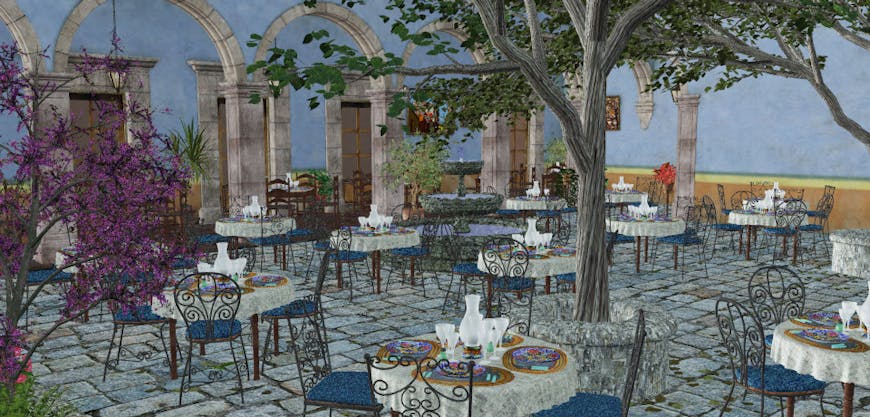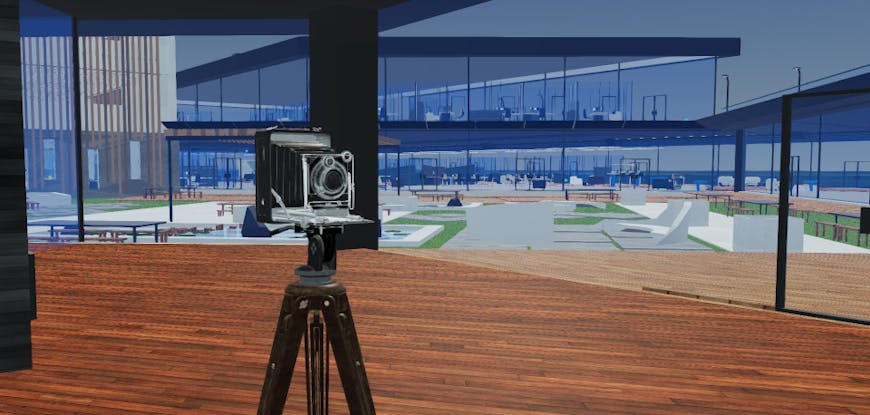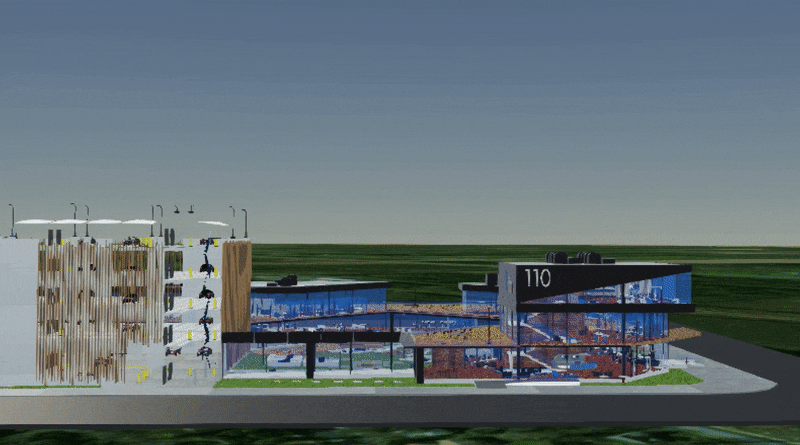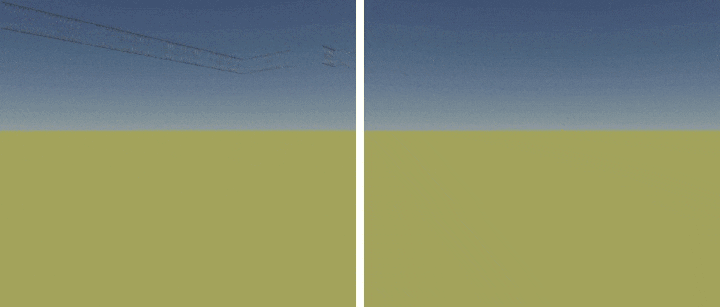Higher Quality 3D Tiles for BIM, CAD, and Design Models
We’re pleased to announce improved support for BIM, CAD, and other high-precision designed models in Cesium ion.

The classic San Miguel test model shown above now renders more efficiently. Originally created by Guillermo M. Leal Llaguno of Evolucién Visualand maintained at https://casual-effects.com/data/ by Morgan McGuire, used under CC BY 3.0
We added several updates to Cesium ion’s 3D Tiling Pipeline to specifically handle high-precision meshes such as BIM, CAD, or precise artistic models. While photogrammetry models are usually automatically generated from photographs and can reach very high resolution in terms of data points per meter, BIM, CAD, and other designed models are generated by designers with important details placed at much higher precision.

Model of a modern office with a precisely modeled antique camera added as part of indoor detail. Office model courtesy of Kerkstra Precast (CC BY 4.0), antique camera from Khronos’s glTF Sample Models repository.
These models also have diverse materials as compared with typical photogrammetry, featuring complex and designer-directed interaction with the light from Cesium’s sun and sky. For example, this model of a modern office has rough concrete, transparent windows, and shiny metallic surfaces, just to name a few materials:

Exterior of the Kerkstra Precast office model showcasing diverse, physically-based materials.
Cesium ion’s massive model tiler can now process these kinds of models to preserve their appearance and improve tileset performance. Here’s a comparison loading two versions of the San Miguel model, on the left using our updated pipeline and on the right using our earlier pipeline:

Updated tileset (left) loads desired geometry sooner, becomes useful more quickly, and renders over twice as efficiently in tests with a Nvidia GT 750M at 1080p.
The updated tileset requires much less data spread across fewer tiles to render a given view, improving network performance. In addition to reduced data, our updates configure each tile to render more efficiently, requiring fewer GPU operations (draw calls) for typical views. Both reduced data and reduced draw calls improve rendering performance on users’ devices.
Here are some stats for the view at the top of the post:
| Version | Tiles | Texture Memory (MB) | Draw Calls |
|---|---|---|---|
| updated | 137 | 439 | 317 |
| original | 273 | 3844 | 2363 |
Start tiling your OBJ (.obj), COLLADA (.dae), and gltf (.gltf, .glb) BIM and CAD models today by signing upfor a free ion community account.